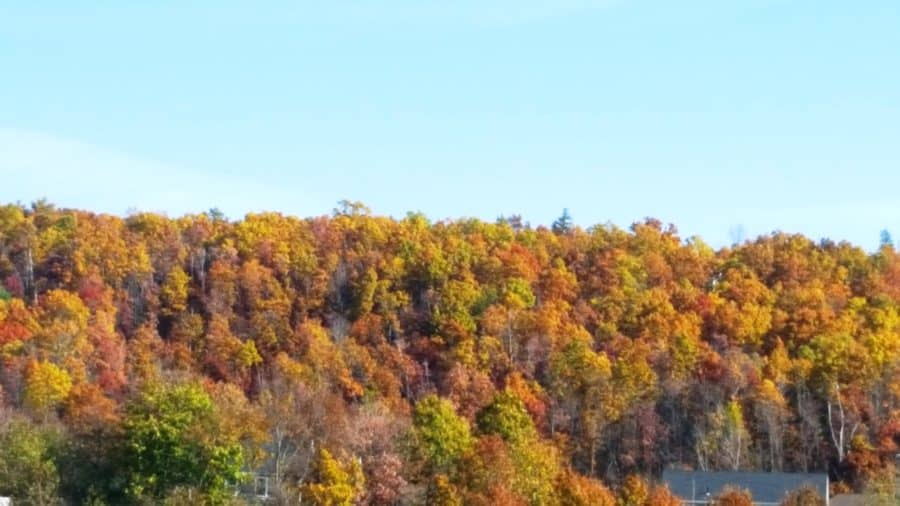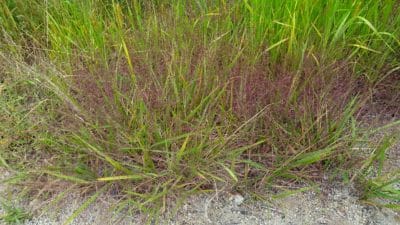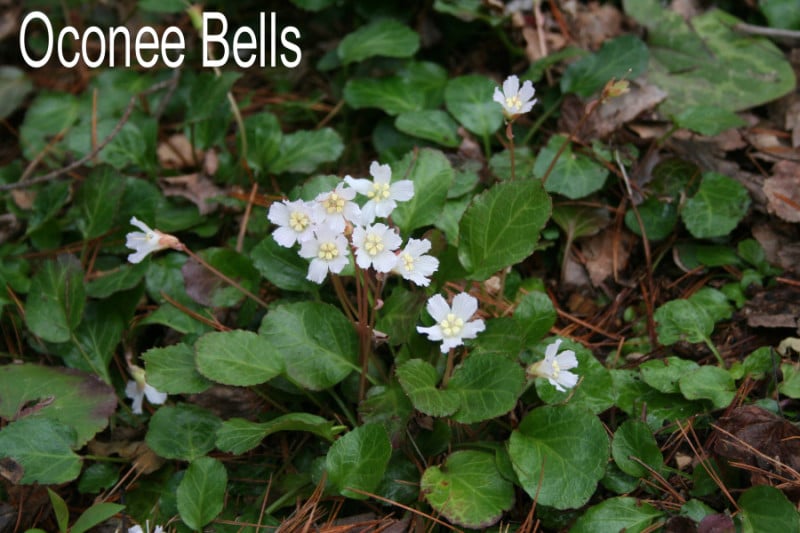As an employee, for many years I have come to the Norcross Sanctuary at night – usually to light the fire on winter evenings or to be sure that the plants are well watered over a long weekend. Sometimes when I arrive here and turn off the car lights it is VERY DARK at the Sanctuary! We are fortunate because we live in an area where it is possible to get away from light pollution. We can get away from the house and town lights and see the night sky. I usually get out of the car and wonder if I can walk the familiar path to the greenhouse because it is so dark. When I arrive at the greenhouse door, I can’t wait to get inside because I imagine lots of eyes watching me in the dark. Of course, I immediately turn on all the lights in the building.
When Jennifer, the Sanctuary’s naturalist, and I decided to do a Night Hike, I started to think about the dark differently. Jen gave me some great information about our eyes – we have rods and cones in the retina of our eyes which are receptors for light and color. The cones perceive color and are most active during the day with the changing bright light. The rods are far more numerous and far more light sensitive. They do not see color, but are very good at motion detection. It is the rods in our eyes that allow us to see at night. I found that once I allowed my eyes to adjust to the dark, I could really see the trails pretty well. Rods do not sense the color red, so red lights are sometimes used at night to help us see.
Last week we took two groups out for a night hike. We had placed some lit pumpkins and luminary bags along the trails to help guide us. What a blast! With your eyesight dimmed, your other senses become more prominent; your senses of smell and hearing become more acute. We talked about how animals, especially predators have adapted to hunting in the night. I read up on “eye shine” or the Tapedum lucidum – a layer of tissue that takes visible light and reflects it back through the retina of animals, making their eyes glow at night. We gained a better understanding of why we are afraid of the dark and we visited the Witchy Oak.
Our “witchy oak” is a very old white oak tree that has stood on the property for, perhaps, hundreds of years. It is so big around that it takes more than two adults stretching their arms out to measure the DBH (diameter at breast height)! Its limbs stick out in a variety of directions and, especially at night, it can look a little creepy. It was certainly a highlight of our walk. The stars came out and the weather was perfect.
Take advantage of our warmer than usual weather and go outside for a walk. Visit a conservation area, or hiking trail. Or you can just get out in your back yard to check out the sights and sounds of the evening. The night sky is very beautiful and has been surprisingly clear. Just remember to turn off those flood lights and give your eyes a moment to become used to the light.



